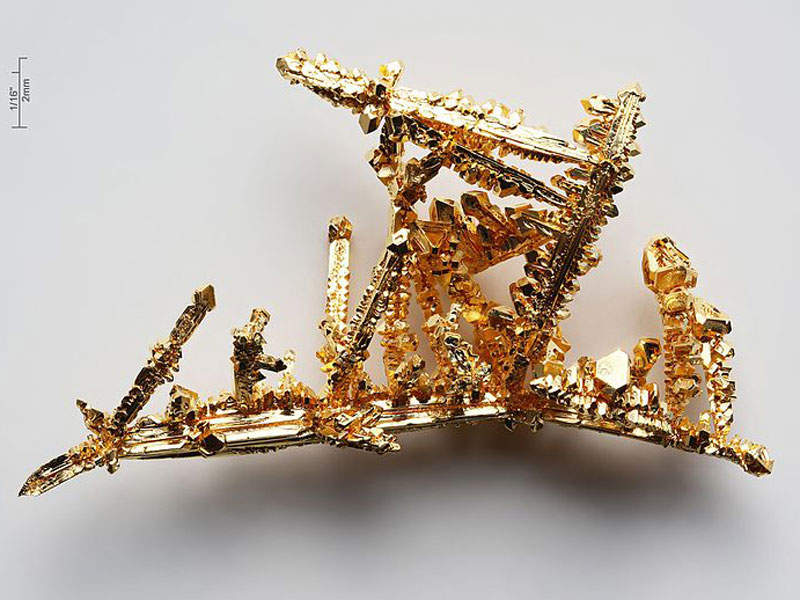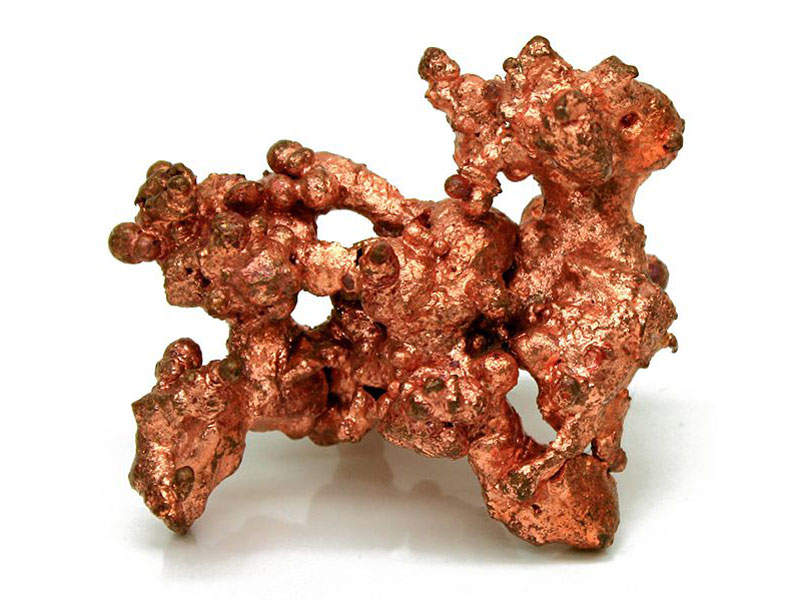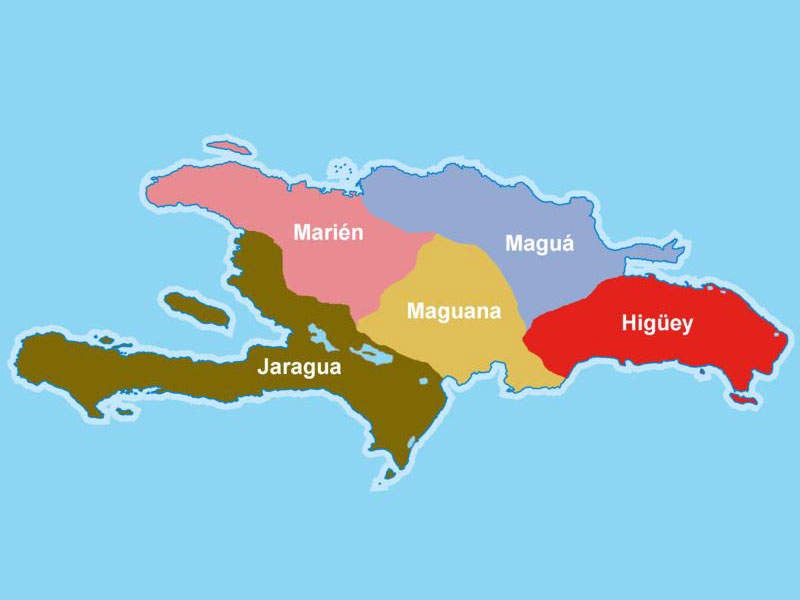GoldQuest Mining’s 100%-owned Romero Gold-Copper Project is located within the Tireo property, on the island of Hispaniola, Province of San Juan, Dominican Republic. It is situated 35km north of San Juan de la Maguana and 165km west-northwest of Santo Domingo.
The preliminary economic assessment (PEA) report for the project was completed in April 2015, while the pre-feasibility study (PFS) was completed in September 2016.
The overall investment to bring the gold-copper project into production is estimated to be $158.6m, and the mine life is estimated to be nine years.
Romero Gold-Copper Project geology and mineralisation
The project is comprised of the Romero and Romero South deposits, which are hosted by Tireo Formation volcanic rocks and limestones of the Cretaceous-age.
The mineralistion is intermediate sulphidation epithermal in nature, and is related to quartz-pyrite, quartz-illite-pyrite, and illite-chlorite-pyrite alteration.
Reserves at GoldQuest Mining’s gold-copper project
The project’s probable mineral reserves, as of September 2016 were estimated to be 7.031 million tonnes (Mt), grading 3.7g/t Au, 4.33g/t Ag and 0.88% Cu, and containing 840 thousand ounces (koz) of gold, 980koz of silver and 136 million pounds (Mlb) of copper.
The indicated mineral resources are estimated to be 20.230Mt, grading 2.67g/t Au, 0.61% Cu, 0.30% Zn and 4.0g/t Ag, and containing 1.738Moz of gold and 2.265Moz of gold-equivalent.
The inferred mineral resources are estimated at 3.020Mt, grading 2.03g/t Au, 0.33% Cu, 0.32% Zn and 2.9g/t Ag, and containing 197koz of gold and 240koz of gold-equivalent.
Mining and processing at the gold-copper project
The mining methods envisaged for the ramp-accessible underground mine include a combination of mechanised longhole, and cut-and-fill stoping methods, using both paste and waste rock for backfill.
The project proposes mining at an average rate of approximately 2,800t a day to produce 1.117Moz of gold-equivalent during the life of mine.
The processing facility is proposed to be equipped with conventional crushing, grinding gravity and flotation circuits.
Infrastructure for the gold-copper project
Access to the project site will primarily be provided by a new 23.5km main access road connecting with the local road network. Additionally, a 2.8km haul road will also be constructed onsite and upgrades will be performed on an existing 4.5km access road.
The electricity for the project will be sourced from the national grid via a 24.5km-long and 69kV transmission line, and a substation is proposed to be constructed at the project site.
The process water for the project will be sourced from the water storage ponds at the site, which will be fed by runoff water.
A concentrate storage shed with a storage capacity of 15,000t and a ship-loading conveyor system are also proposed to be constructed at the port of Puerto Viejo.
Other ancillary infrastructure for the project includes administrative and office buildings, warehouses and maintenance buildings, an assay laboratory, a temporary waste rock storage area with a capacity for 225,000m³ of waste, sedimentation ponds, a dry stack storage facility, an emergency pond for excess water, and underground ventilation fans.
Key players involved in the GoldQuest mine
The PFS was compiled by JDS Energy and Mining, with inputs from Micon International for the geological study and mineral resources estimates, Golder Associates for the geotechnical, tailings and water management studies, Allnorth Consultants for the process design, and MineFill Services for the backfill plant design.
JDS Energy and Mining was earlier involved in compiling the PEA report for the project. The other consultants involved with the PEA include Micon International, ALS Minerals Laboratories, Barr Engineering, Elsamex, and AMEC International.
The contract for the upgrade of the existing access road has been awarded to Docalsa.






